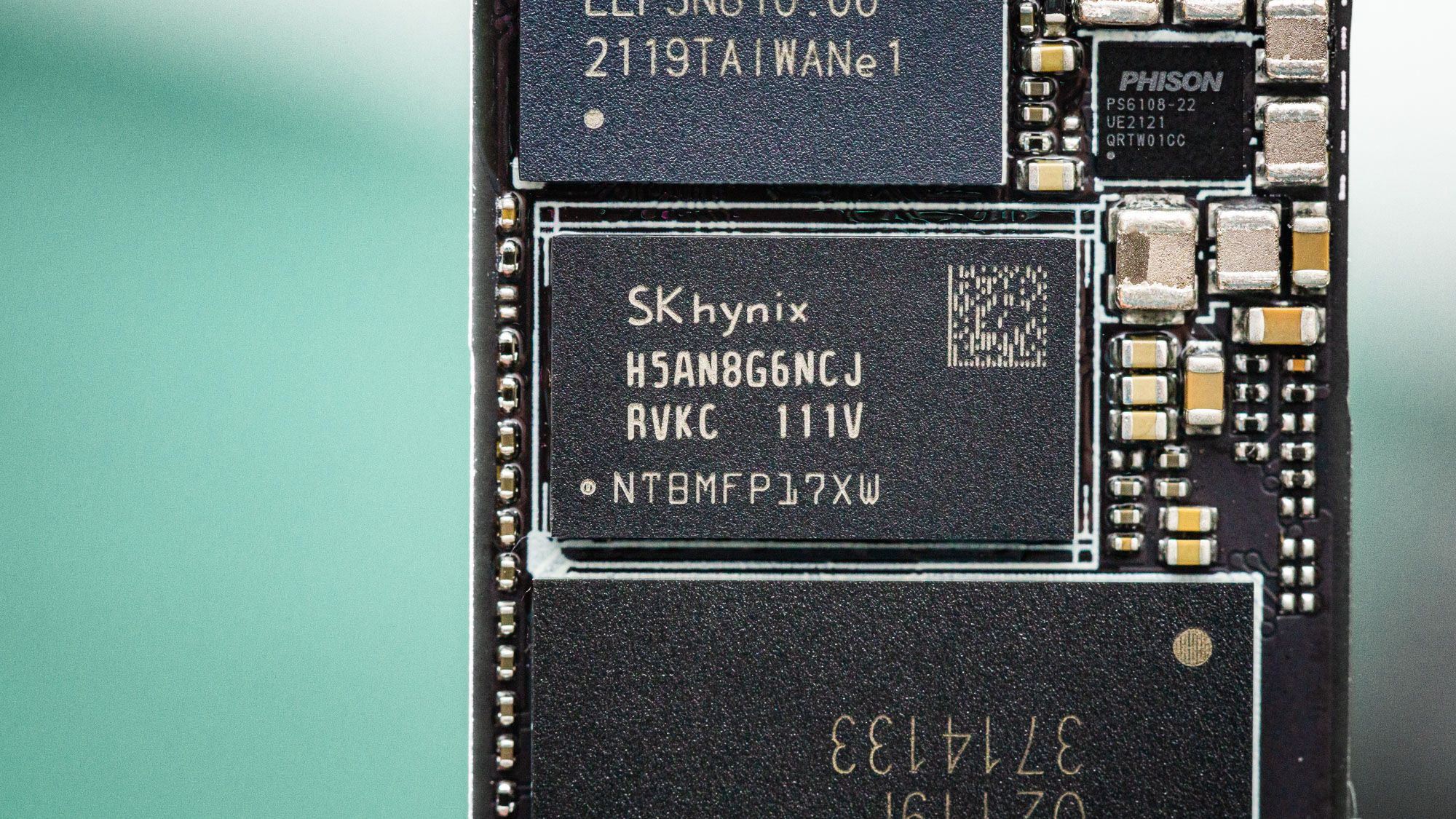Why you can trust Tom's Hardware
Seagate’s FireCuda 530 is a fire-breathing drive dragon, just as its box indicates. While its flash interfaces at slightly less than optimal rates for the absolute fastest performance that this hardware is capable of, it still not only took out the Samsung 980 Pro and WD_Black SN850 in most metrics, it laid waste to all other competitors.
Sure, WD’s Black SN850 took the lead under PCMark 10’s application workloads, but it couldn’t hang with the Seagate FireCuda 530 once we threw it through our sustained write testing--nor could any other SSD for that matter. That said, while Seagate's drive is extremely speedy and capable of throttle-free performance without a heatsink or active cooling, its efficiency under load could use a little improvement.
Right now, Seagate is one of only a few companies offering an SSD with Micron’s 176L TLC flash, and that puts them in a strategic position. Not only does this flash provide for some of the most responsive performance we’ve seen when paired with Phison’s PS5018-E18, but it also enables Seagate to offer up stellar endurance ratings, plus a good warranty and support for the FireCuda 530.
Instead of the standard 600 TB of writes per 1TB of capacity endurance rating that we see from the likes of Samsung, WD, and Crucial, the FireCuda 530’s ratings are more than double that. The FireCuda 530 comes with the best warranty and support we have seen in a while, too. Not only is it backed for high endurance ratings and up to five years of warranty, but it also comes with three years of Rescue Data Recovery Service, which can potentially recover your data in the case of unexpected data loss.
For those looking for the best performance and highest capacity that they can get in a small M.2 form factor, the FireCuda 530 is it. Although it currently lists at a $60 premium over the WD Black SN850 and $120 over Samsung 980 Pro at the 2TB capacity point, the FireCuda 530 is worth the high cost for the peace of mind in using such a robust storage device, especially if you are looking for something as large as 4TB. While not quite on the same level as Intel’s Optane DC P5800X in terms of raw performance, it makes for a solid alternative--especially if you need a drive in the M.2 form factor--for workstation applications at a much lower cost.
MORE: Best SSDs
MORE: How We Test HDDs And SSDs
Get Tom's Hardware's best news and in-depth reviews, straight to your inbox.
MORE: All SSD Content

Sean is a Contributing Editor at Tom’s Hardware US, covering storage hardware.
-
2Be_or_Not2Be "Rather than operate the flash at 1,600 MTps as we had hoped for and expected, the 530’s flash operates at just 1,200 MTps "Reply
Well, built-in product segmentation already - 1,600 will go with the next Firecuda "540" model, or a 530 "Extreme" one later. -
FastrThnU "Very impressive sstained write speeds and endurance" Come on guys...be professional.Reply -
Alvar "Miles" Udell Question: Why didn't you include the FireCuda 520 as well? TH reviewed the 1TB 520, but since this is the 2TB 530, it's not an apples to apples comparison. Plus the 520 is quite a bit less expensive at $380 vs the 520's $490 for 2TB.Reply -
PapaCrazy More performance than Samsung Pro with twice the endurance and the same 5 year warranty?Reply
Adios Samsung. -
Sleepy_Hollowed ReplyPapaCrazy said:More performance than Samsung Pro with twice the endurance and the same 5 year warranty?
Adios Samsung.
No kidding, and the data recovery is icing on the cake. This is only possible on non encrypted data hence probably why the drive has no hardware encryption.
For a gaming drive or a data crunching drive that doesn’t require encryption, this is the undisputed champion. -
samopa After two (out of eight) Seagate FireCuda 520 2TB fails less than 10 months, I had swear to myself not buy their product again. Yes they replace the broken SSDs because its under warranty, but the lost data on the SSDs are irreplaceable and cost me few contracts and projects, not counting the intangible losses.Reply -
mdd1963 "The FireCuda 530 is a premium device for built professionals..., "Reply
Can those who are in less than optimum shape use them too? :)
